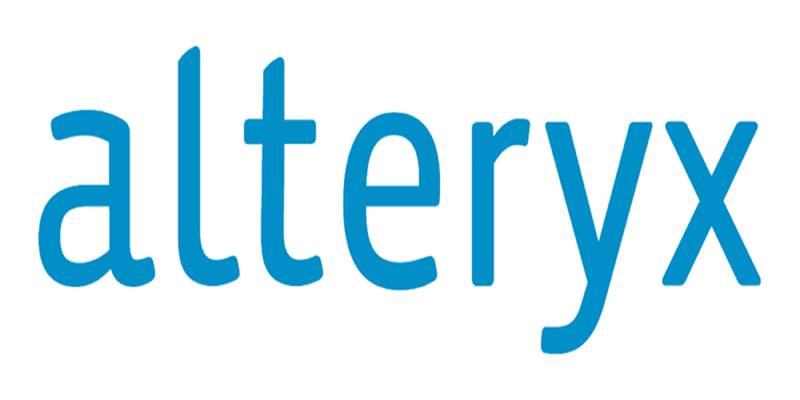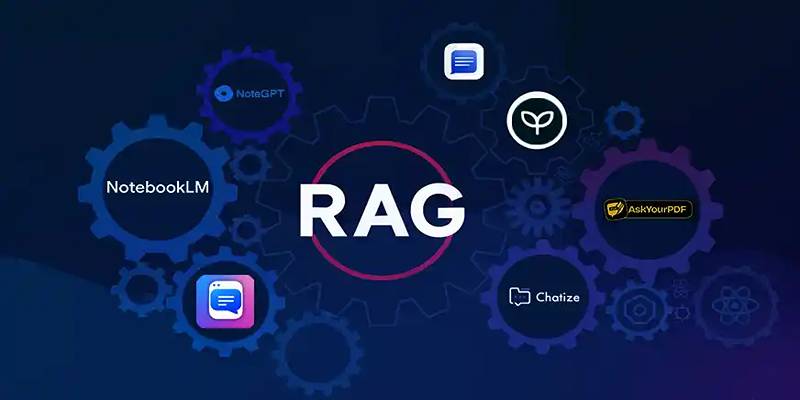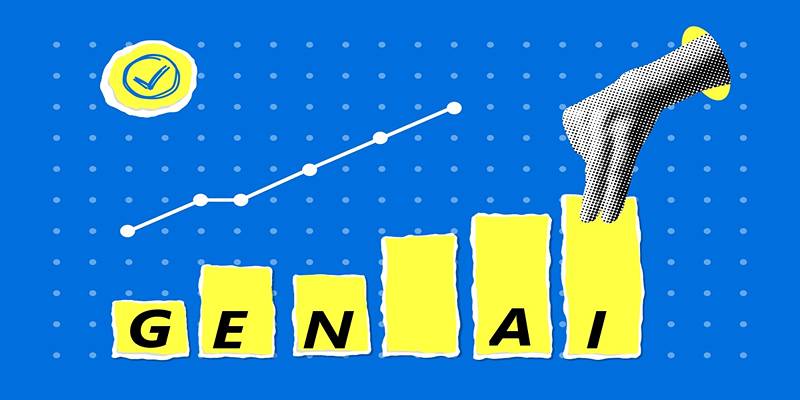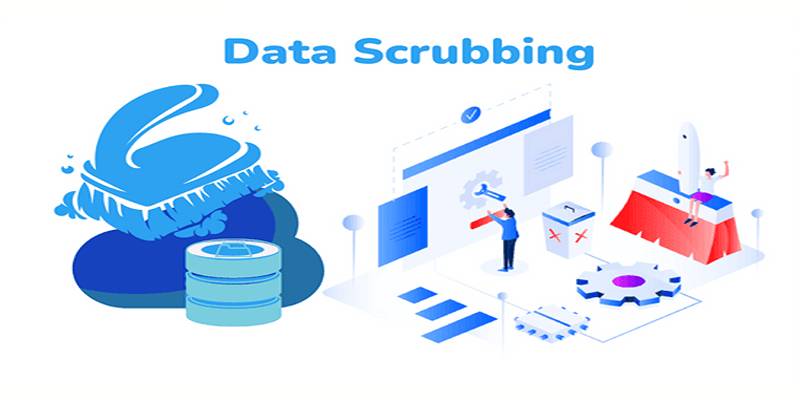Before starting your AI project you need to recognize the main obstacles that will lead to its success. The promises of artificial intelligence sometimes outshine delivery results in numerous implementation projects. Your AI success becomes more likely when you identify the main causes of project failure. This article examines six primary reasons behind disappointed AI project outcomes and presents concrete solutions to handle these challenges.
1. Lack of Clear Business Objectives for AI Projects

Similar to boat travel without destination specifications AI implementation without defined purpose remains purposeless. The adoption of AI by numerous organizations becomes problematic due to their inability to set specific and measurable business goals. The absence of clear direction result in both missed resources and unsuccessful projects.
Aligning AI with Business Strategy
Business success requires companies to link AI initiatives to established business goals to prevent this deficiency. Start by asking:
- What needs solution currently?
- Through which mechanisms will AI Implementations generate worth for the customers and stakeholders?
- Our desired achievement requires defined success indicators which will serve as metric points.
Setting Realistic Expectations
Organizations should establish practical goals about the degrees of success AI can deliver. The transformative advantages of AI exist but the technology lacks universal solution capabilities for every business issue. Specify the complete parameters of your AI project from the start so both stakeholders and yourself will meet their expectations.
2. Insufficient Data Quality and Quantity for AI Models
The outcome of any AI endeavor depends directly on its data source. Every AI model requires sufficient high-quality abundant data to succeed. Insufficient data quality together with inadequate data quantity emerges as the main cause which makes AI projects fail to meet their intended goals.
The Data Dilemma
The successful operation of AI models demands a tremendous volume of appropriate and precise data for them to derive accurate predictive results. Many businesses fail to gauge correctly the amount or different types of data which their AI models will require. Unreliable outcomes will emerge from your AI project even when working with extensive datasets if they contain substantial quantities of errors and inconsistencies alongside bias.
Quality Over Quantity
Quality of data stands equal to data volume in terms of its importance. Achieving quality data requires three key aspects: accuracy together with error-free status and a sincere representation of the issues you solve.
Accurate and free from errors
- Consistent across different sources
- It directly relates to the solution of the problem you want to address
- Your AI system needs to handle data points which exactly match the conditions it will face in operational environments.
Overcoming Data Challenges
- Before using data you must make these precautions to prevent pitfalls:
- You should spend funds on building reliable systems for data acquisition alongside cleaning procedures.
- You should create data governance frameworks to establish quality standards.
- Data augmentation provides a solution to increase the size of small datasets.
- Updated data collections through regular audits will maintain precision and accuracy of your information.
3. The Dispute Concerning the real Complexity of AI System Deployment

Integerated artificial intelligence systems remain misunderstood by numerous organizations which leads them to launch AI projects based on flawed expectations. Such oversight typically produces project failures together with unfulfilling results. Successful avoidance of this issue requires complete comprehension of all obstacles which emerge during AI implementation.
Technical Complexities
AI systems need complex algorithms and substantial high-quality data storage as well as massive computational capacity for successful operation. Project failure alongside poor performance can occur when someone fails to properly evaluate important technical elements. Organizations need to execute a comprehensive evaluation of their technical abilities and assets in order to start an AI project effectively.
Integration Challenges
The deployment of AI systems requires companies to merge new AI developments with their current business systems rather than establishing independent tools. This integration process turns out to be difficult mainly because it needs proper planning alongside careful execution. Organizations that do not plan for these challenges will encounter operational disruptions together with compatibility issues.
4. Failure to Ensure Organizational Readiness for AI
The deployment of AI technology needs more than modern technology by requiring an extensive organizational preparedness plan. Normally companies fail to recognize the essential requirements for preparing their infrastructure and workforce and culture to implement AI thus causing project failures.
Assessing Technical Infrastructure
The vital step before starting an AI project requires a proper examination of your current technical infrastructure. This includes:
- Data storage and processing capabilities
- Network bandwidth and latency
- Compatibility with AI tools and frameworks
- Cultivating AI-Ready Talent
Organizations must develop proper talent capabilities to achieve AI project success. Organizations often struggle to:
Recruit skilled data scientists and AI specialists
- An organization needs to provide training that enhances current employee abilities to operate with AI systems.
- Foster a data-driven decision-making culture
5. Organizations Mistakes Disregarding Ethical AI Governance
Organizational attempts to expedite AI solution deployment without treating ethical considerations as essential result in projects failing and damaging their reputation. The development and implementation of AI systems requires ethical AI governance because this practice establishes responsible standards.
Establishing Clear Ethical Guidelines
Everyone should follow established ethical principles which tackle potential discrimination issues as well as preserve individual privacy standards and respect social impact consequences. The guidelines need to be incorporated during all AI project lifecycle phases starting from development through the deployment phase and active monitoring.
Implementing Robust Oversight Mechanisms
Strong oversight mechanisms must exist for organizations to achieve effective ethical AI governance. This includes:
Creating diverse ethics committees
- AI system performance needs to be audited when organizations conduct checks at regular intervals
- Establishing clear accountability measures
6. Inadequate AI Talent and Expertise on the Team
The success of any AI project hinges heavily on the expertise and skills of the team behind it. Organizations often underestimate the complexity of their AI implementation projects which results in missing the essential combination of skilled talent and experienced staff for their teams.
Shortage of Specialized Skills
AI projects need experts with three specific domains which include machine learning engineers and data scientists and AI researchers. A worldwide deficit exists in the market for specialists holding advanced knowledge of AI. The absence of specialized talent at the project level causes organizations to employ employees who lack sufficient technical capabilities thus creating below-average performance results.
Misalignment of Expertise
The process of recruiting AI talent often results in business-needs alignment challenges between the recruited professionals and organizational requirements. Theoretical understanding is what AI specialists excel at but they face difficulties transforming those concepts into business-driven practical solutions. Technically advanced initiatives produced through disconnected work may end in business value failures.
Conclusion
In conclusion, the success of AI projects hinges on careful planning, realistic expectations, and a holistic approach. Addressing the six main obstacles described in this article enables you to enhance your AI success rate. Keep in mind that AI serves as a valuable tool yet lacks magical capabilities.











